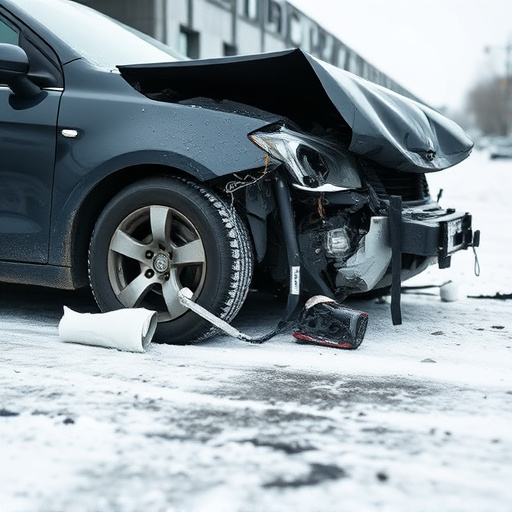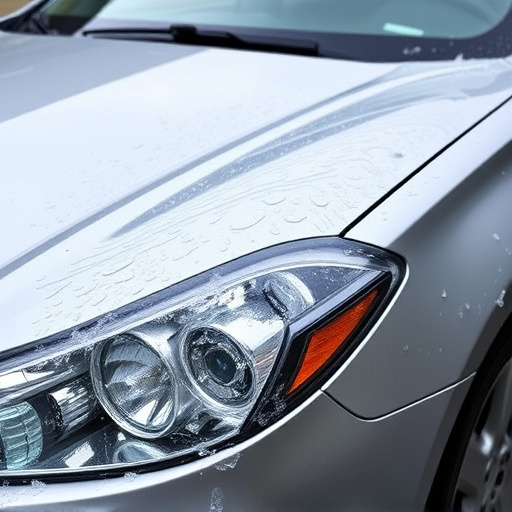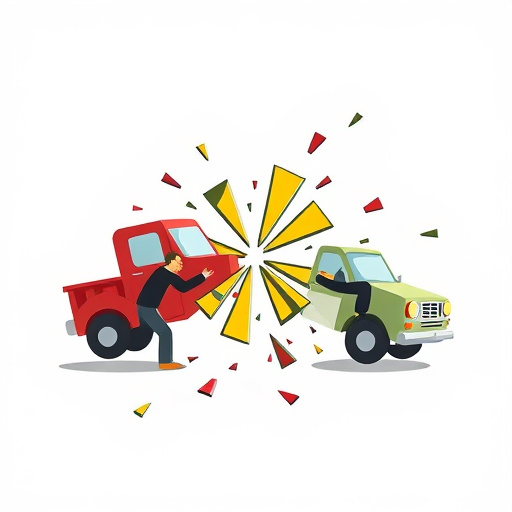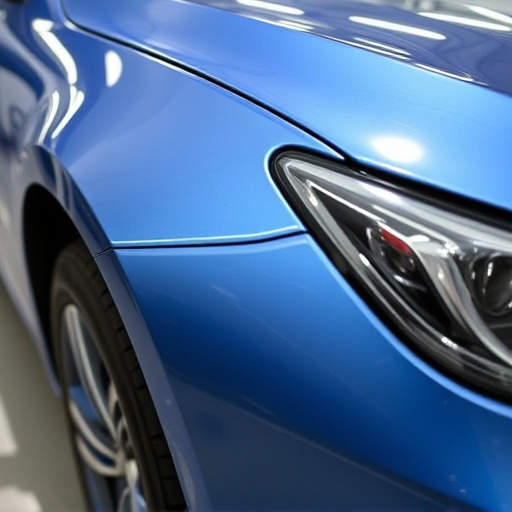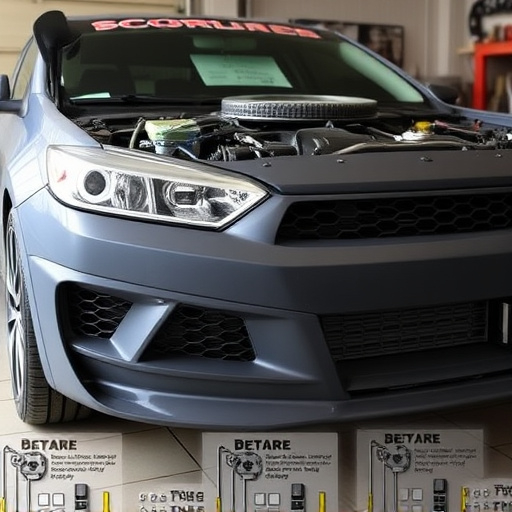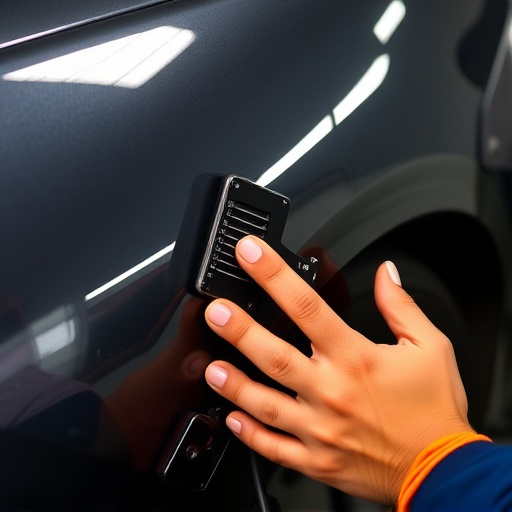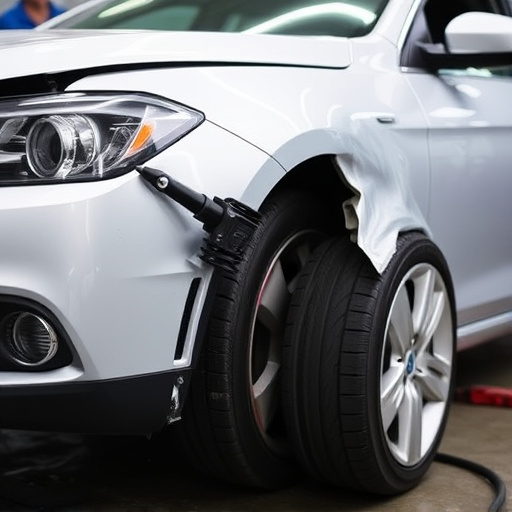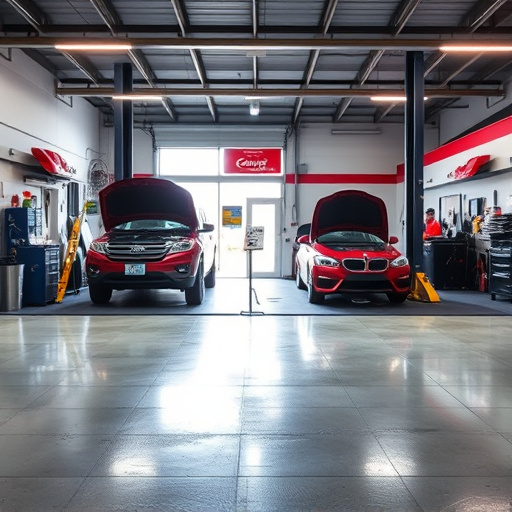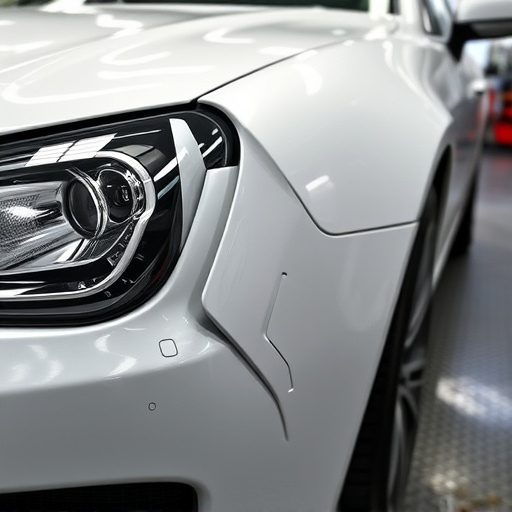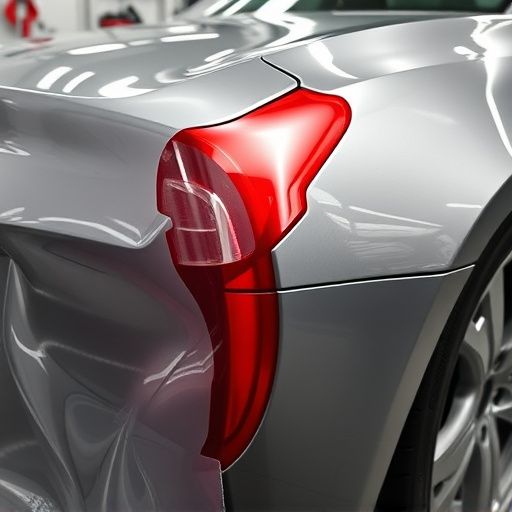Thoroughly inspect hood dents for size, shape, depth and associated damage. Evaluate functionality and safety by testing hood operation and alignment. For minor dents, consider DIY methods or budget-friendly tools. Severe cases require professional collision repair for precise removal and aesthetic preservation.
Before tackling a hood dent repair, it’s crucial to assess its severity. This step-by-step guide walks you through evaluating your vehicle’s damaged exterior. Start by inspecting the damage – note the size, depth, and location of the dent. Then, assess the impact on functionality and safety. Understand that each hood dent removal method has pros and cons, so choose the best hood dent repair option based on your budget, time, and desired outcome.
- Inspecting the Damage: Understanding Hood Dent Extent
- Assessing Impact: Functionality and Safety Considerations
- Repair Options: Choosing the Best Course of Action for Hood Dent Removal
Inspecting the Damage: Understanding Hood Dent Extent
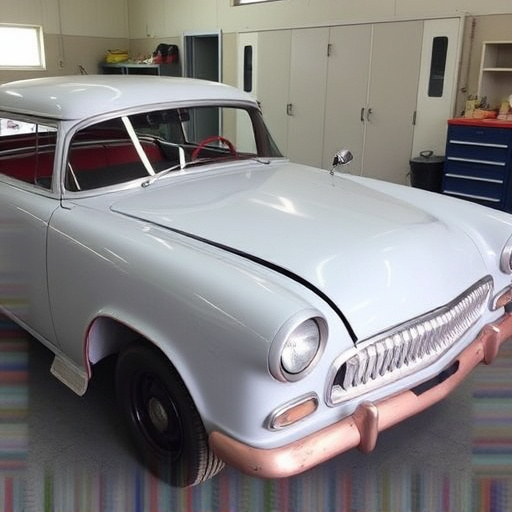
When assessing the severity of a hood dent for removal, the first step is to thoroughly inspect the damage. Look closely at the indent’s size, shape, and depth – these factors determine the extent of the repair needed. A minor dent might only require a simple pop-back using specialized tools, while deeper or more complex dents may necessitate professional collision repair.
Consider also any surrounding damage, such as paint chips or scratches, which could indicate pre-existing issues or complicate the hood dent removal process. If you’re dealing with a classic car restoration, meticulous attention to detail is crucial. A reputable collision repair center will have the expertise and tools for accurate assessment and effective hood dent removal, ensuring your vehicle’s original aesthetic is maintained.
Assessing Impact: Functionality and Safety Considerations
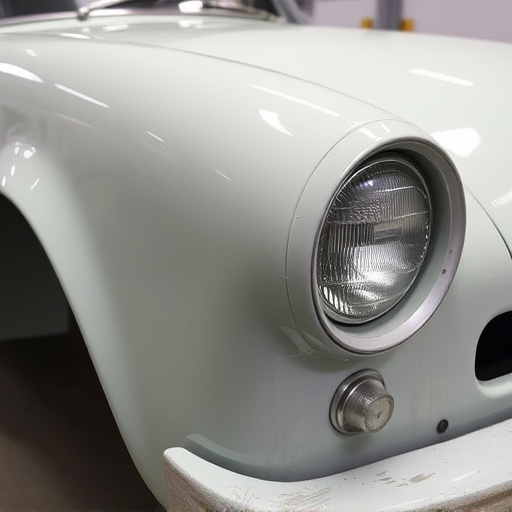
When assessing the severity of a hood dent, it’s crucial to consider both functionality and safety aspects, as these factors play a significant role in determining whether professional hood dent removal is necessary. Look for any impairment in the hood’s operation—is it able to open and close smoothly? A dent that affects latching mechanisms or causes misalignment can compromise vehicle security.
Additionally, evaluate potential risks associated with driving a car with an unsaved hood dent. Protruding dents could catch on objects, causing further damage, while deep or uneven dents might indicate structural weakness. For severe cases, where the dent impacts not just aesthetics but also safety, it’s advisable to consult a reputable car body shop for expert auto body repairs, ensuring your vehicle’s longevity and your safety on the road.
Repair Options: Choosing the Best Course of Action for Hood Dent Removal
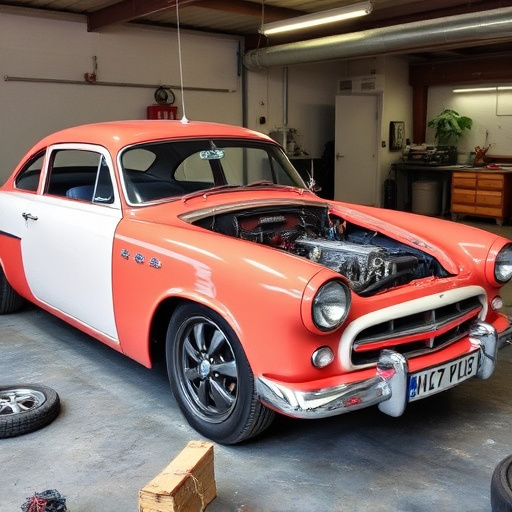
When considering hood dent removal, understanding your options is key. The best course of action depends on various factors, including the extent of the damage and your budget. For minor dents, a simple hammering or using a specialized tool might be sufficient to return your car’s front to its original shape. This DIY approach is not only cost-effective but also allows for quick repairs.
For more severe cases of hood dent removal, professional collision damage repair services become indispensable. These experts utilize advanced techniques like plastic welding or more modern methods involving heat and pressure to smooth out the dents. While this might be pricier, it ensures precise results, minimizing the risk of further damage or unsightly markings that could compromise your vehicle’s aesthetics and value in the long run, making it a wise investment for comprehensive car body repair.
When assessing a hood dent, considering both its visual appearance and potential safety implications is crucial. By thoroughly evaluating the damage using methods like those outlined in this article, car owners can make informed decisions regarding hood dent removal. Whether opting for DIY repair or professional services, understanding the severity ensures an effective fix that restores both the vehicle’s aesthetics and structural integrity. Remember, proper assessment is key to successful hood dent removal.
